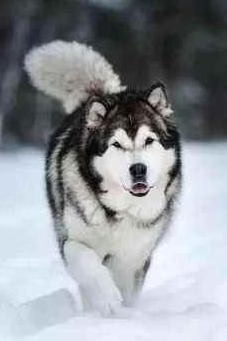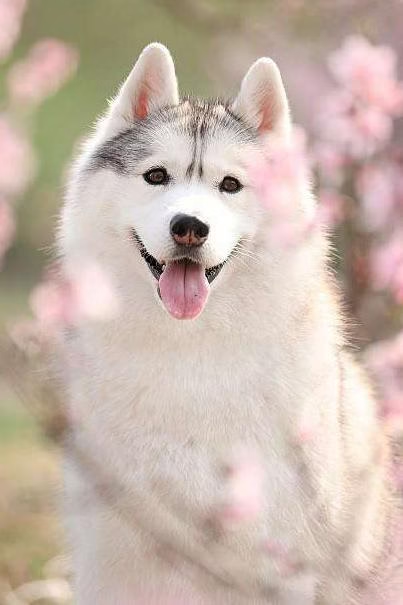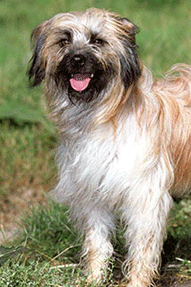Alaskan Malamute (Alaskan Dog/Alaskan Malamute/Alaskan Malamu)

Alaskan Malamute
Alaskan Dog/Alaskan Malamute/Alaskan Malamu
Basic Information
- Category: Dog
- Origin: United States
- Body Type: Large
- Height: 58-71 cm
- Hair Length: Long-haired
- Lifespan: 12-15 years
Ratings
| Trainability | ⭐️⭐️⭐️ |
| Affection Level | ⭐️⭐️⭐️ |
| Barking Level | ⭐️⭐️⭐️ |
| Shedding Level | ⭐️⭐️⭐️ |
Breed Introduction
The Alaskan Malamute (scientific name: Alaskan Malamute), also known as the Alaskan Dog, is one of the oldest polar sled dog breeds. Its name comes from the Malamute tribe of the Eskimo Inuit people of western Alaska. Before Alaska joined the United States, Russians called this area Alashak or Alyeska, meaning ‘vast land.’
This breed stands out from other Alaskan dogs with its strong, powerful limbs. Bred for endurance rather than speed, its primary role is pulling sleds. Mature Alaskan Malamutes are known for their calm, elegant demeanor and deep loyalty to their owners, recognizing their leader as their master.
They are sturdy, powerful, muscular dogs with a deep chest. When standing, they hold their heads high, with an alert and curious gaze that conveys vitality and pride. Their heads are broad, and their triangular ears stand erect when alert. Their muzzles are large, tapering from a broad base to the nose, without being overly long or short.
Their dense coat has enough length to protect a soft undercoat. Alaskan Malamutes come in various colors, often with distinctive facial markings like a ‘mask,’ which can be all white or feature stripes or spots. Their tails have long, soft fur and curl over their backs, resembling wavy feathers. Along with Huskies and Samoyeds, they are sometimes called the ‘Three Fools of the Snow.’
The Alaskan Malamute’s history dates back when Russian sailors, caught in a Bering Strait storm, landed on this cold land. Upon returning, they told other Russians about the special Alaskan Malamute dogs. This ancient breed is known for its strength, power, muscular build, and deep chest, resembling wolves as working dogs. Their name reflects their purpose: pulling sleds and cargo in polar conditions.
The origins of the Alaskan Malamute are recorded by early North American settlers. This breed has a balanced physique, strong spirit, and great endurance. The Malamute tribe relied on these strong dogs to travel through Arctic snow, hunt polar bears, wolves, and other animals, and guard reindeer. Their strength and endurance led to their use in Arctic and Antarctic explorations as more white settlers entered the Arctic Circle.
The Alaskan Malamute faced a major threat from 1909 to 1918 due to the popularity of Alaskan racing dogs. Many tried to breed Arctic dogs with foreign breeds for increased strength, speed, and beauty, which negatively impacted the native breeds. This period is known as the ‘Decline of the Arctic Sled Dog.’ However, the Malamute tribe’s remote and isolated location helped maintain the breed’s genetic purity, resisting the interbreeding with imported dogs.
In the two decades before the 20th century, as sled dog racing grew in North America, the need to preserve the Alaskan Malamute as a native sled dog breed became clear. In 1926, enthusiasts began systematically breeding purebred Alaskan Malamutes from native sled dogs and Huskies. After nearly a decade of breeding, the American Kennel Club (AKC) officially recognized the Alaskan Malamute as a dog breed in 1935.
The Alaskan Malamute is known for its loyalty, intelligence, affection, and strong, sometimes aggressive, spirit towards other dogs, requiring careful management and training. They are clean, odorless, and not prone to barking. As sled dogs, they have participated in numerous polar expeditions. Their strong character, keen sense of direction, and sensitivity to scents make them well-suited for polar exploration.






